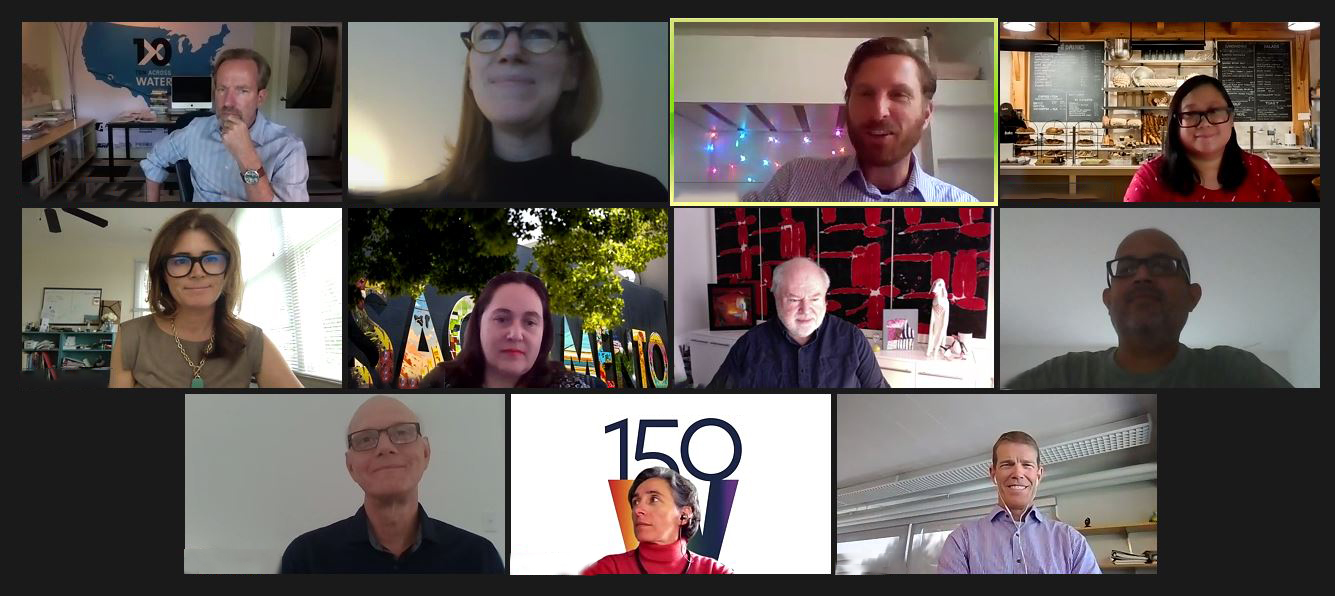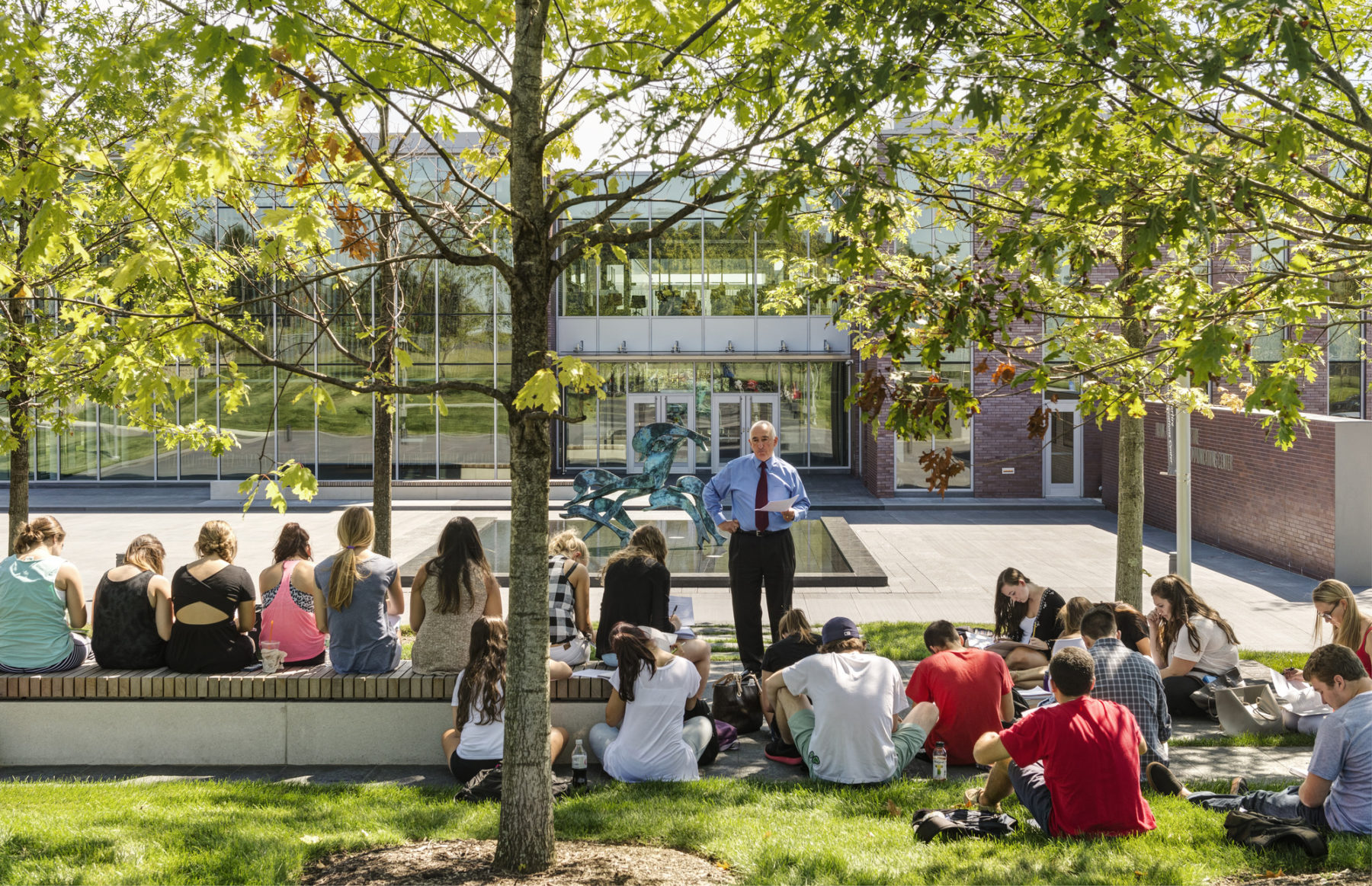Campus Roundtable Summary

 Sasaki
Sasaki

In August 2020 Sasaki held a series of roundtable discussions. Each of the three sessions engaged representatives from large public institutions, east coast private institutions, and urban private institutions. From the conversations, nine recurring themes and topics emerged. Read on to learn what’s facing campus leaders today with key takeways from Sasaki’s practitioners.
At the time of the roundtables, all institutions were finalizing plans for the fall of 2020, some focusing on a safe return to campus and some focusing on hybrid or online delivery of courses. Some were in the process of changing from in-person or hybrid delivery to online delivery, due to increases in COVID-19 cases in their region.
The emphasis placed on fresh air and the need to social distance, pushed more activities outdoors, especially for institutions offering in-person or hybrid course delivery.

At The Lawrenceville School a tent was set up outside of the Gruss Center for Art and Design to facilitate outdoor learning

The outdoor classroom at the Sacred Heart University Martire Business & Communications Center was used even prior to the pandemic. Spaces like this are integral to learning today.
Providing safe housing options for returning students presented challenges to the residential financial model and the ability of institutions to accommodate students.
Socially distanced seating outside of the University of Rhode Island Brookside Apartments provides flex space for students to study
The pandemic required changes to culture and behavior frequently at odds with the traditions and values of higher education.
The business and operational models for dining and food service changed quickly in response to the immediate decline in business and the need for social distancing options.
Campuses quickly and creatively adapted campus settings to support a variety of functions in a socially distanced manner.
The financial impact of the pandemic is a considerable challenge for most institutions. Impacts to the business model included:
For those returning to campus, indoor air quality was a focus.

Systems diagram for the Bristol Community College John J. Sbrega Health and Science Building
Despite the challenges brought on by the pandemic, some silver linings have emerged, providing the inertia to make change and to accelerate changes that were already in motion.
Read more about Sasaki’s latest thinking surrounding the COVID-19 pandemic here.